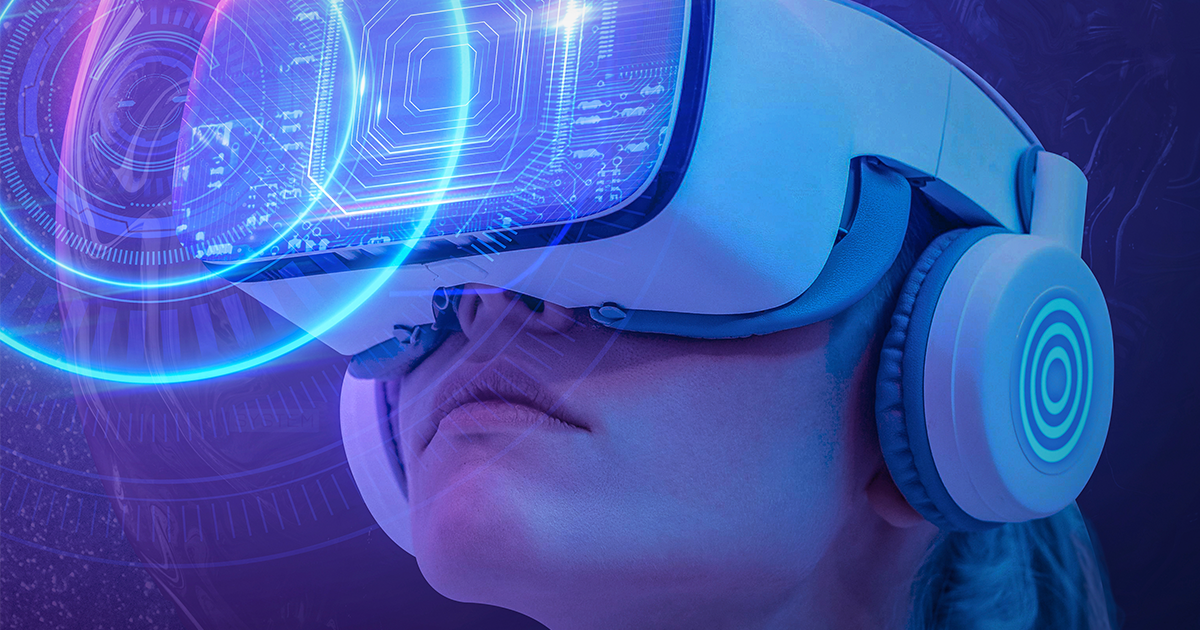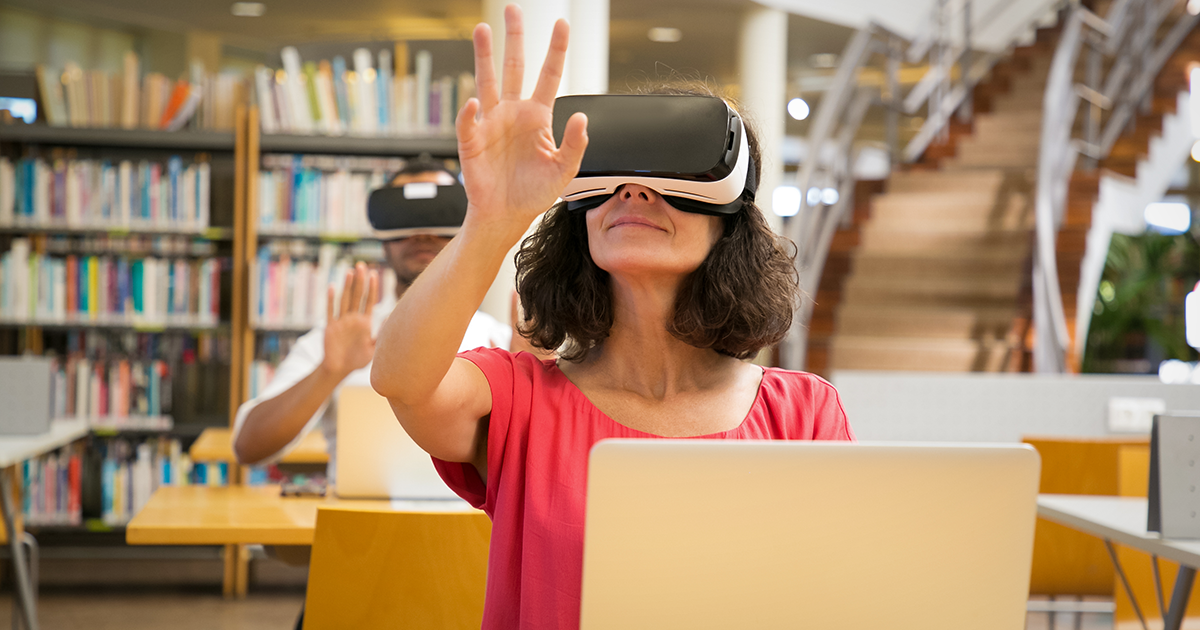
August 2024
Virtual Reality: The Future of Education

Virtual reality (VR) is revolutionizing the way we learn and train. This immersive technology not only offers more interactive educational experiences but also provides a safe and controlled environment for developing professional skills. How is virtual reality changing education and professional training? In this blog, we'll tell you about the most innovative ideas that are leading the way.
Current Applications of VR in Education
1. Simulations of Laboratories and Experiments
VR allows students to conduct scientific experiments and laboratory simulations without the risks associated with real-world environments. For example, platforms like Labster offer virtual laboratories where students can practice biology, chemistry, and physics. This not only increases access to science education but also reduces the cost of materials and equipment.
2. Exploration of Historical and Geographical Environments
VR applications like Google Earth VR allow students to explore historical and geographical locations in 3D. Students can "visit" ancient Rome or the Amazon from the classroom, gaining a deeper and more visual understanding of the subjects they are studying. This facilitates more immersive and contextual learning.

3. Immersive Language Learning
Applications like ENGAGE offer virtual environments where students can practice conversations in real-life situations, interact with native speakers, and participate in cultural activities. This immersive approach improves fluency and language comprehension.
4. Soft Skills Training
Virtual reality is also being used to develop soft skills such as communication, leadership, and negotiation. Programs like VR Training allow employees to practice in realistic scenarios, preparing them to face real-world situations.
However, there are still some challenges to overcome, such as costs, accessibility, and educator training. Addressing these challenges will be key for VR to truly take off in education and training in the future.

What do the Geeks Think?
New technologies always come hand-in-hand with advancements that companies must make to keep up. While there are environments where real-world physics, responsive characters, and realistic simulations can be emulated, someone had to think of all the possibilities, user actions and reactions, and the field in which the application would be used, as well as implement it in the software for it to function correctly.
Virtual reality is opening up new possibilities for education and professional training, providing immersive experiences that facilitate learning and skill development in safe and controlled environments. Virtual reality is proving to be an invaluable tool in modern training.
By adopting this technology, educational institutions and companies can offer more effective, interactive, and accessible training.
Want to stay up-to-date on the latest VR trends and other innovations in education and training? Subscribe to our newsletter and don't miss any updates.